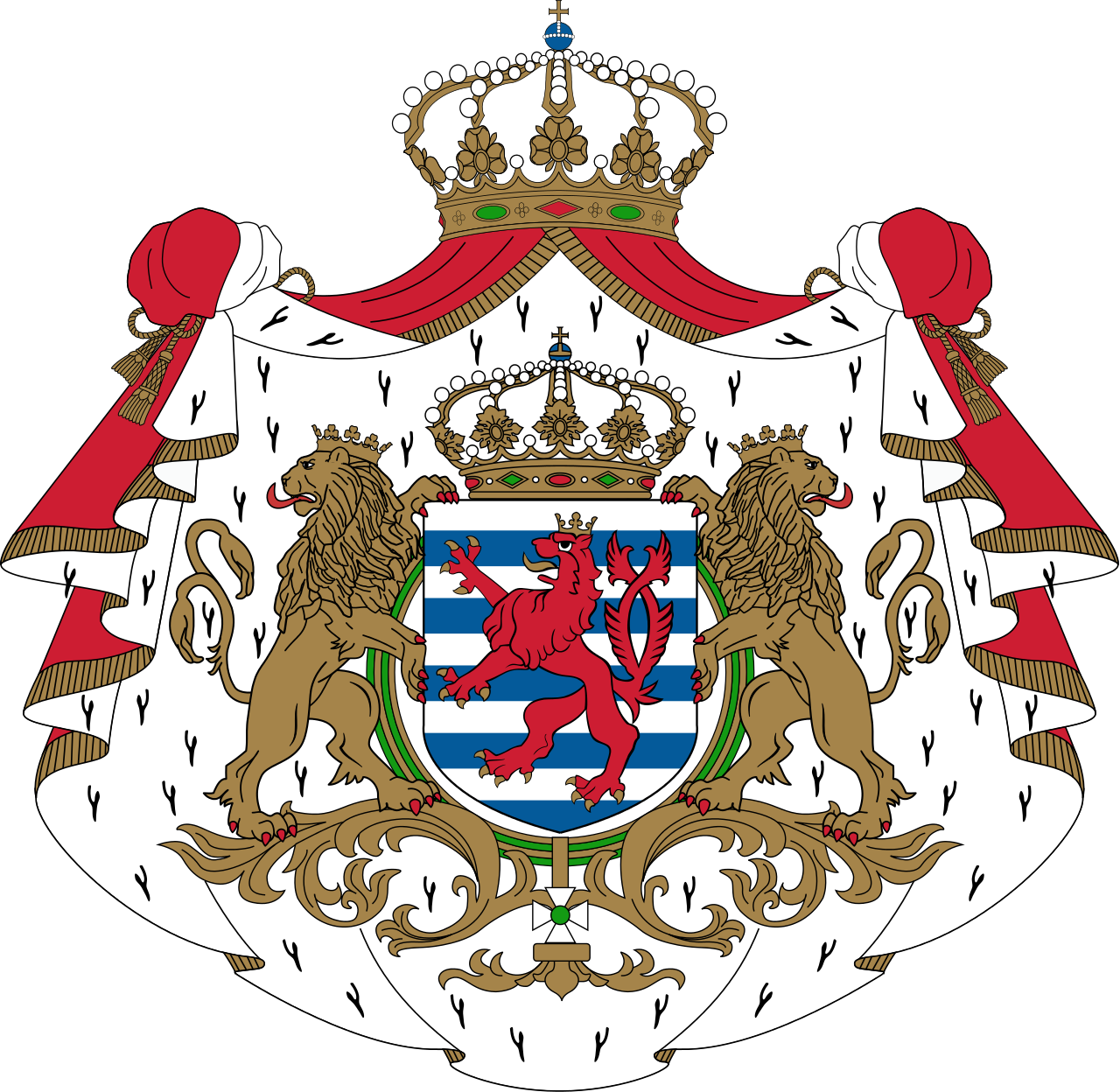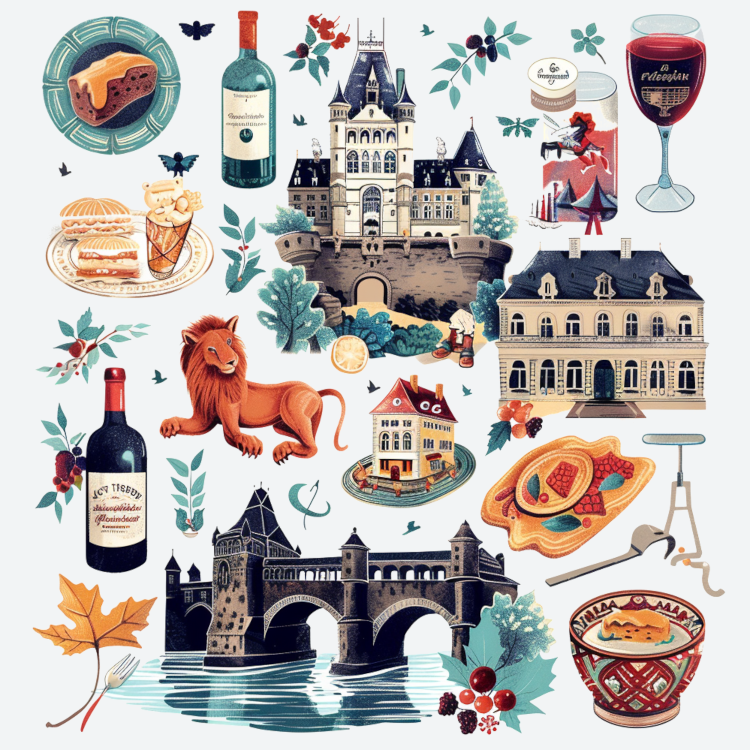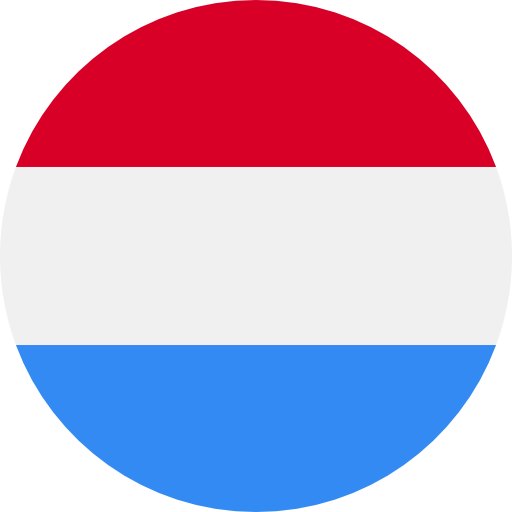About LU

Luxembourg is a small landlocked country located in Western Europe, bordered by Belgium to the west, France to the south, and Germany to the east. The country has a population of around 625,000 people and covers an area of approximately 2,586 square kilometers.
The official languages of Luxembourg are Luxembourgish, French, and German. The currency is the Euro. Luxembourg is a constitutional monarchy, with a grand duke as the head of state and a prime minister as the head of government.
Luxembourg is known for its high standard of living and its strong economy, which is based on banking, finance, and technology. The country is also a founding member of the European Union, the United Nations, and NATO.
Luxembourg has a rich history and culture, with influences from its neighboring countries and its own unique traditions. The country has many historic sites and landmarks, including the fortified old town of Luxembourg City, which is a UNESCO World Heritage Site. Luxembourg also has a strong tradition of wine-making and is known for its high-quality wines.

National Culture Objects
Adolphe Bridge
Adolphe Bridge, also known as the "New Bridge," is a key landmark in Luxembourg City. It symbolizes the country's architectural achievements and its capital city's scenic beauty.
Luxembourgish Wine
Luxembourg is known for its high-quality wines, particularly those from the Moselle Valley. Luxembourgish wine symbolizes the country's rich viticultural tradition.
Gromperekichelcher
Gromperekichelcher are traditional Luxembourgish potato fritters. They represent the country's culinary heritage and love for hearty, comforting foods.
Grand Ducal Palace
The Grand Ducal Palace in Luxembourg City is the official residence of the Grand Duke. It symbolizes the country's monarchy and its historical and political significance.
Schueberfouer
The Schueberfouer is an annual funfair held in Luxembourg City, dating back to the 14th century. It symbolizes Luxembourg's long-standing traditions and community spirit.
Luxembourgish Language (Lëtzebuergesch)
The Luxembourgish language, or Lëtzebuergesch, is a key element of national identity. It symbolizes the unique cultural and linguistic heritage of Luxembourg.
Red Lion (Roude Léiw)
The red lion, or Roude Léiw, is a heraldic symbol that appears on the coat of arms of Luxembourg. It represents the nation's historical identity and pride.

The national anthem of Luxembourg is called "Ons Heemecht" which means "Our Homeland" in Luxembourgish. The lyrics were written by Michel Lentz, a Luxembourgish poet, and the music was composed by Jean Antoine Zinnen.
The anthem was adopted in 1895 and became the official national anthem of Luxembourg in 1919. It is often played at official events and ceremonies in Luxembourg, as well as at international events where Luxembourg is represented.
The lyrics of "Ons Heemecht" express pride and love for Luxembourg and its people, and celebrate the country's history, culture, and natural beauty. The anthem also emphasizes the importance of unity and solidarity among the people of Luxembourg.
The first verse of the anthem, in Luxembourgish, is:
Mir wëlle bleiwe wat mir sinn,
Hei as eist Hemecht, hei mëssen mir bliiwe;
D'Leit si gudd, d'Natur reizvoll,
Eise Stolz, ons Heemecht.


